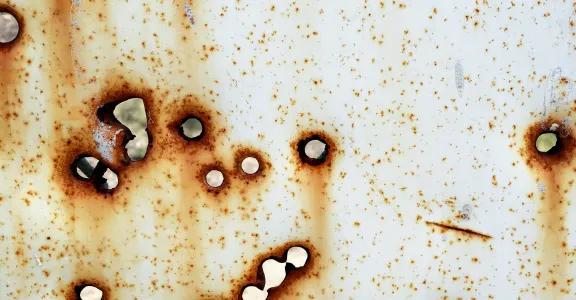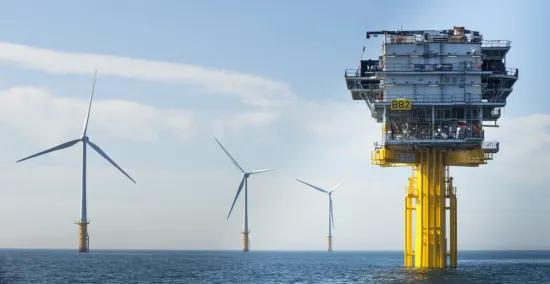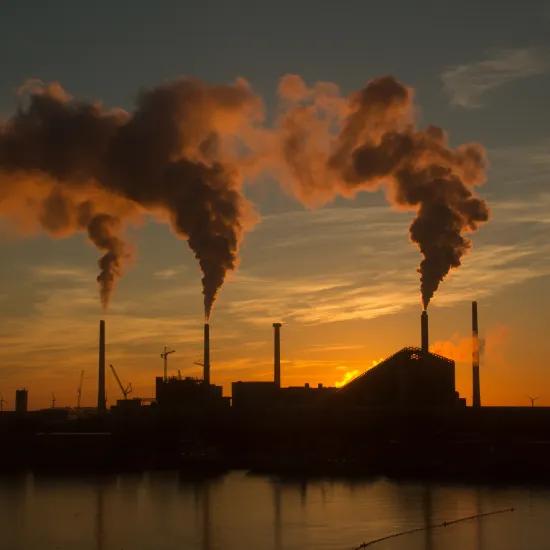Parkwind has been a European pioneer in the development, construction and management of offshore wind farms since 2012. Three wind farms in the Belgian waters of the North Sea are managed by Parkwind: Belwind, Northwind and Nobelwind, which have a total capacity of 552 MW. An additional wind farm – Northwester 2 – is now also operational.
The OWI-lab at Sirris supports Parkwind in its efforts to understand and predict the impact of a combination of fatigue and corrosion on the life cycle of offshore foundations. Among other aspects, this consists of a combination of corrosion monitoring, residual stress measurements and the calculation of remaining life.
(Image: Parkwind)
A tool to calculate remaining life
The project was aimed at estimating the effect of corrosion pitting on the remaining life of the monopile foundations of offshore wind turbines. There are many uncertain variables inherent in these probabilistic calculations, for example, the speed at which corrosion pits grow at locations which are very difficult to access, or the local sensitivity of the steel for crack propagation. In 2019, a useful calculation tool was developed, which takes the assumed corrosion rate as a starting point to predict the further crack growth rate and remaining acceptable life.
The calculation tool is based on simple linear fracture mechanics and follows the BS 7910 standards guide (Guide to methods for assessing the acceptability of flaws in metallic structures). However, several model equations are available for the user to calculate the crack growth rate (the Paris law curve). On the one hand, the current literature offers various generic models for corrosive environments but does not often include detailed information on the samples or specific test conditions. On the other hand, Ghent University performed specific tests (ESET) on monopile run-off tabs (at the start or end of the longitudinal weld). These tests were performed on the base material and near the welds. Parkwind can now roll out various scenarios and can better estimate the impact of the various assumptions on the remaining life.





